Update: Since this article was first written, all the content from the NBS National BIM Library has moved across to NBS Source.
---------------------------------------------------------------------------------------------
Construction Operations Building Information Exchange (COBie) is a non-proprietary data format for the publication of a subset of building information models (BIM) focused on delivering asset data as distinct from geometric information.
Context
In June 2011 the UK Government published its Building Information Modelling (BIM) Working Party Strategy. This report announced the Government’s intention to require collaborative 3D BIM (with all project and asset information, documentation and data being electronic) on its projects by 2016. The software and data requirements for this detailed in the report are Construction Operations Building Information Exchange (COBie). In January 2019, the UK National Annex within BS EN ISO 19650-2 states that non-geometric information exchanges in open data formats should be structured to COBie format.
In this article, Stephen Hamil examines COBie and discusses the role of BIM design tools and master specification systems in creating this data model. This article is aimed at construction professionals who work on government projects and clients in the private sector interested in this approach.
Introduction
Looking back to 2011, what did Paul Morrell, Chief Government Construction Advisor, mean when he said “For the first year, the total software requirement is Excel” when discussing the Government’s commitment to BIM on construction projects at the NBS BIM Roundtable?
“For the first year, the total software requirement is Excel”
Paul Morrell, Chief Government Construction Advisor
He was talking about COBie – a spreadsheet data format that contains digital information about a building in as complete and as useful a form as possible. In short, COBie is a Building Information Model (BIM).
An exact definition of COBie is included in Appendix 10 on page 59 of the Strategy Paper for the Government Construction Client Group ![]() , published in March 2011. An Implementation and Mobilisation Task Group is now establishing how the COBie methodology can be tailored for Government requirements.
, published in March 2011. An Implementation and Mobilisation Task Group is now establishing how the COBie methodology can be tailored for Government requirements.
Looking further at this strategy paper it reads:
5.5 Improved Information Handover
In order to improve the measurement and management of public assets, it is recommended that public clients request that specific information be delivered by the supply chain. The specified information set, called COBie, delivers consistent and structured asset information useful to the owner-operator for post-occupancy decision-making.
COBie was developed by a number of US public agencies to improve the handover process to building owner-operators. It is, typically, a Microsoft Excel spreadsheet, but other spreadsheet applications may be used.
The data inside a COBie spreadsheet
In a typical construction project the information about the building is contained in drawings, bills of quantities and specifications. A number of construction professionals normally collaborate to put this documentation together. The documentation should then be updated through the construction phase and handed to the client. In reality, this does not always happen, or when it does, the documentation is supplied in a format such as .pdf or paper that makes it very difficult for the client to use.
The idea behind COBie is that the key information is all pulled into one format and shared between the construction team at defined stages in a project. The green circles from the illustration in Figure 1 below shows when the data in COBie format is required and what the client benefit is.
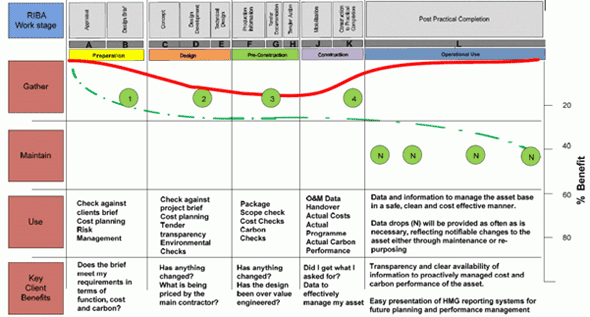
Figure 1 – Illustration from the Strategy Paper for the Government Construction Client Group
When COBie was first introduced to the UK I spoke to Nick Nisbet ![]() , one of the co-authors of the COBie format; he explained: “The argument that drives the demand for COBie is the management of ‘space usage’, ‘operations’, ‘cost and environmental impacts’, ‘repair’ and ‘replacement’ . In short, better value, cost and carbon.“
, one of the co-authors of the COBie format; he explained: “The argument that drives the demand for COBie is the management of ‘space usage’, ‘operations’, ‘cost and environmental impacts’, ‘repair’ and ‘replacement’ . In short, better value, cost and carbon.“
I also discussed this with Mark Bew ![]() , the co-chair of the team that authored the original strategy paper, and he explained why improved construction data is essential: "The strategy is all about using BIM and re-usable information to enable cost and carbon reduction. COBie is simply the exposure and exchange format we have selected for non-graphical data at level 2 [see Figure 2 below]. The reasons for selection were pragmatics around cost, availability and forward compatibility with IFC to start the process of building a useful built asset legacy dataset.
, the co-chair of the team that authored the original strategy paper, and he explained why improved construction data is essential: "The strategy is all about using BIM and re-usable information to enable cost and carbon reduction. COBie is simply the exposure and exchange format we have selected for non-graphical data at level 2 [see Figure 2 below]. The reasons for selection were pragmatics around cost, availability and forward compatibility with IFC to start the process of building a useful built asset legacy dataset.
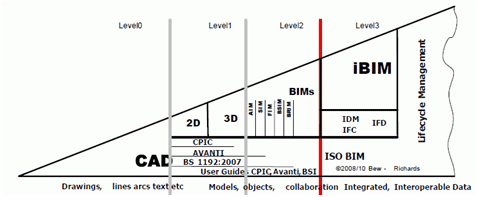
Figure 2 – The Bew-Richards BIM Maturity Model
A colleague of mine uses a jigsaw puzzle analogy to explain BIM; as this information is from many sources, it can be thought of as a jigsaw puzzle that makes up the building – see Figures 3 and 4. Some of the pieces live in the BIM design model, some in the specification model and some may exist in other spreadsheets and word processing documents.
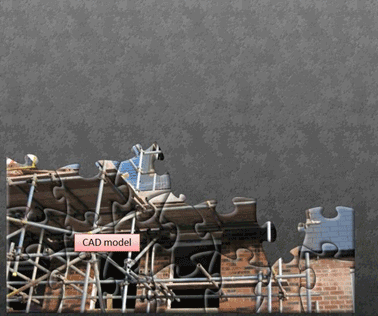
Figure 3 – A BIM with just the information from the design model
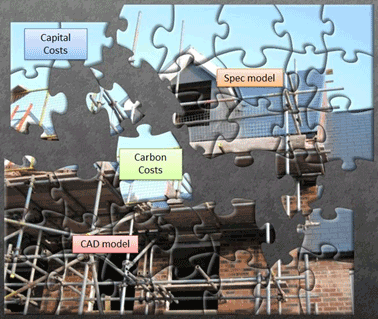
Figure 4 – A full BIM contains all of the construction information about the building
Figure 5 below shows a simplified illustration of how a built asset is digitally modelled. Highlighted in red are the types of system and product and their associated attributes that are typically found in the project specification.
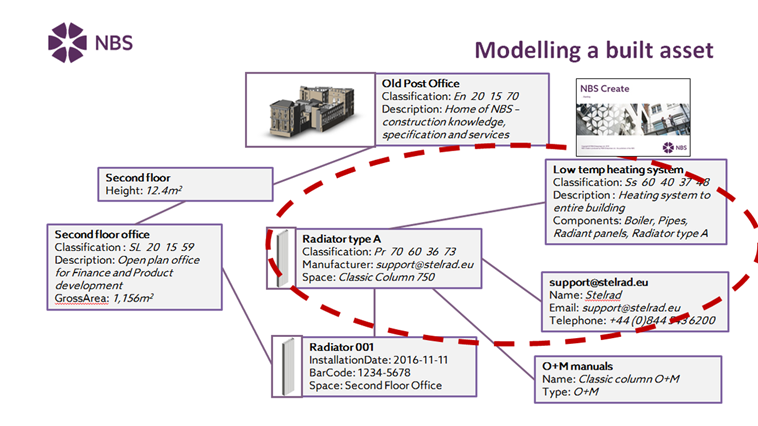
Figure 5 – A simplified illustration of how a built asset is digitally modelled
Figure 6 below illustrates that a COBie dataset can be used to exchange information between two software products. For example, NBS Create exporting an ‘as-built’ specification into FM software at stage 5 of a project.
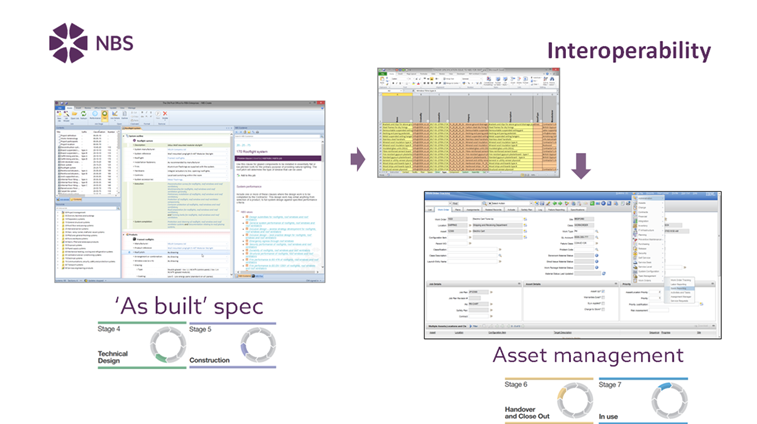
Figure 6 – A COBie dataset can be used to exchange information between two software products
A COBie file is by no means a full BIM, but it does contain structured content from all members of the construction team and from many information models as shown in the screenshots below. Figure 7 shows one of the worksheets that define the floors, spaces and zones that make up the building. Spaces can exist on Floors. Groups of Spaces can also be categorised in Zones. This information would typically be extracted from the design model.

Figure 7 – The “Floor” worksheet within a typical COBie spreadsheet
Figure 8 shows an example ”Type” worksheet. This is information that would usually be extracted from the specification and lists the types of products in the building, their reference and contact information for the manufacturer. Not shown is the “Attribute” worksheet; this details the properties for each of the type objects. An example of this would be the colour and the material of the bath item in Figure 8 and any standards it conforms to.
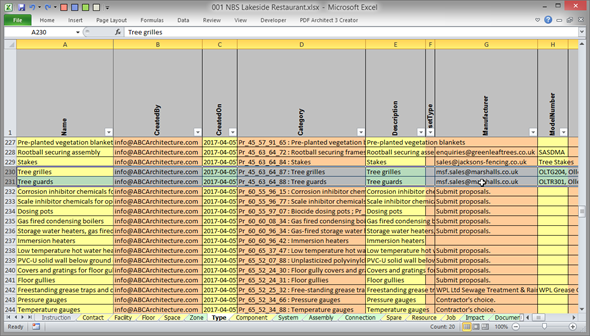
Figure 8 – The “Type” worksheet within a typical COBie spreadsheet
Each instance of these type objects are then detailed in the “Component” worksheet. This is shown in Figure 9 where the Doorset instance DSA-001 is of Doorset Type A and is in space F2-002. This information would come initially from the design model and be then linked to the type information from the specification model.

Figure 9 – The “Component” worksheet within a typical COBie spreadsheet
The “Contact” worksheet lists contact details, company information and company roles. This would list a wide range of contacts from the design consultants to the construction team to the manufacturers and suppliers of the systems and products. This information would all typically come from the specification and preliminaries. An example of this worksheet is displayed in Figure 10.
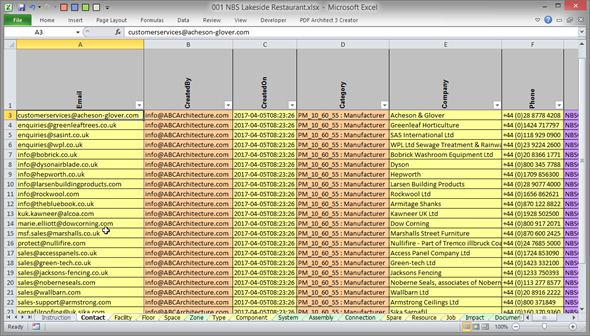
Figure 10 – The “Contact” worksheet within a typical COBie spreadsheet
The spreadsheet also has worksheets such as the “Job” worksheet that allow specific facility management tasks to be assigned to the various objects in the building. This is shown in Figure 11.

Figure 11 – The “Job” worksheet within a typical COBie spreadsheet
Within the spreadsheet it is possible to link the data. So, for example, the window instances can be linked to the specification of the window type through a simple drop down box. Equally when an FM task is assigned, it can be assigned to the relevant component.
NBS and COBie
COBie is a collaborative effort: no one professional or trade organization will have all the information, so cut-and-paste is the minimum skill. However, at NBS, NBS Create has embraced BIM and interoperability to open standards. It was “built for BIM”. One option within NBS Create is the ability to export the system and product data to a COBie spreadsheet. The screenshot below shows the how this information is exported.
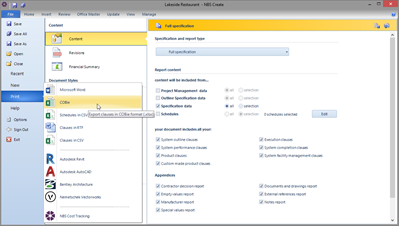
This ensures that information from the specification and preliminaries models can be added quickly and accurately to a spreadsheet for the client. By providing this export functionality from NBS, a huge amount of data can be incorporated on a COBie spreadsheet by those using NBS to write their project specifications.
Find out more
For more information on NBS National BIM Library and creating BIM objects with COBie Attributes see: NBS BIM Object Standard
For more information on NBS Create and COBie please see: COBie mappings in NBS Create
NBS are members of “buildingSMART” and are committed to working to open standards for information collaboration in construction. www.buildingsmart.com ![]()
For more information on the COBie data format including schemas and example content see www.wbdg.org/resources/cobie.php ![]()
(Thanks to Bentley Systems’ Volker Thein ![]() for the help with the screenshots)
for the help with the screenshots)
To keep up to date with future articles in this topic area – why not sign up to the NBS eWeekly newsletter? Get the latest content from theNBS.com carefully crafted into a handy weekly email.


